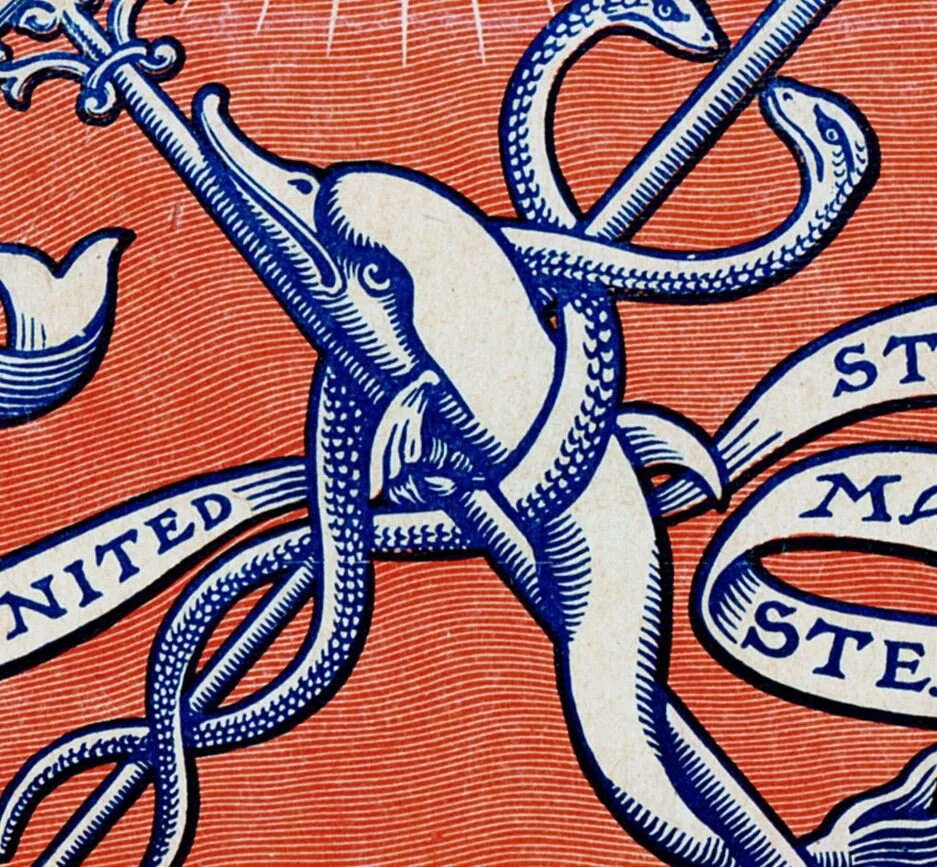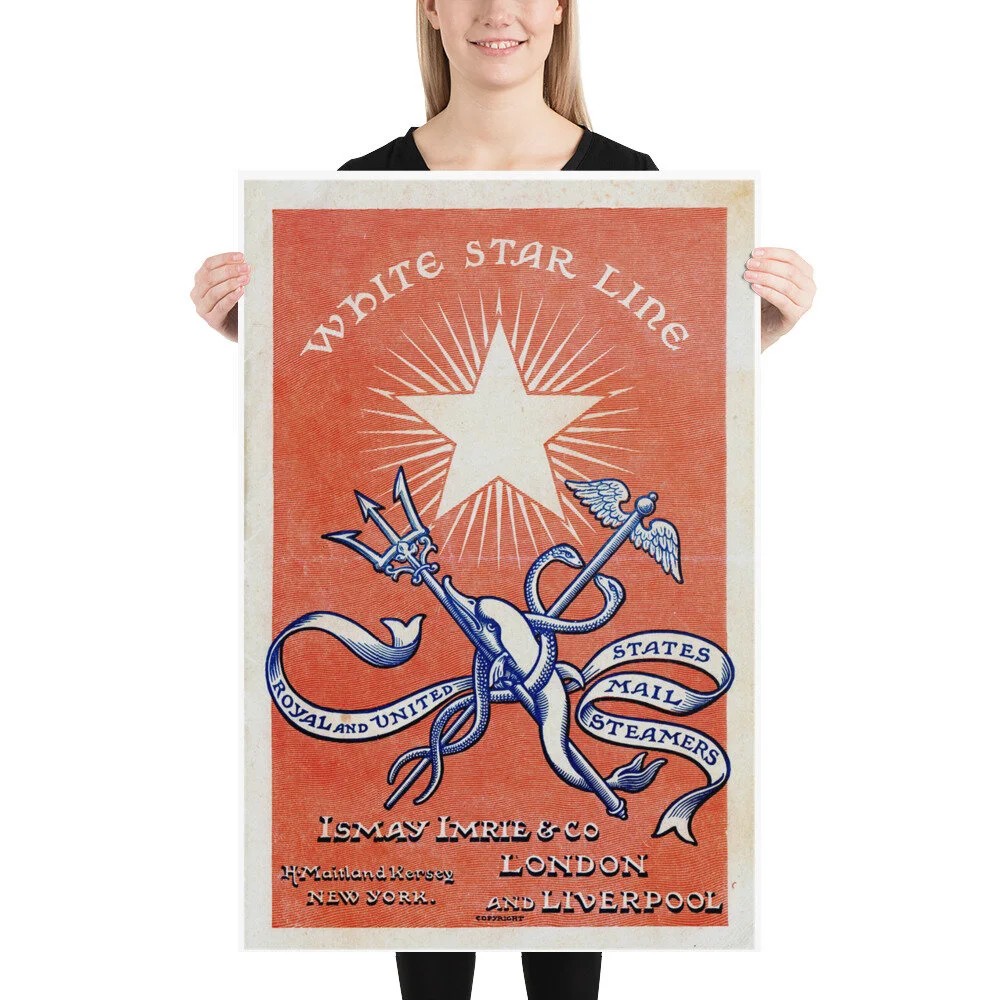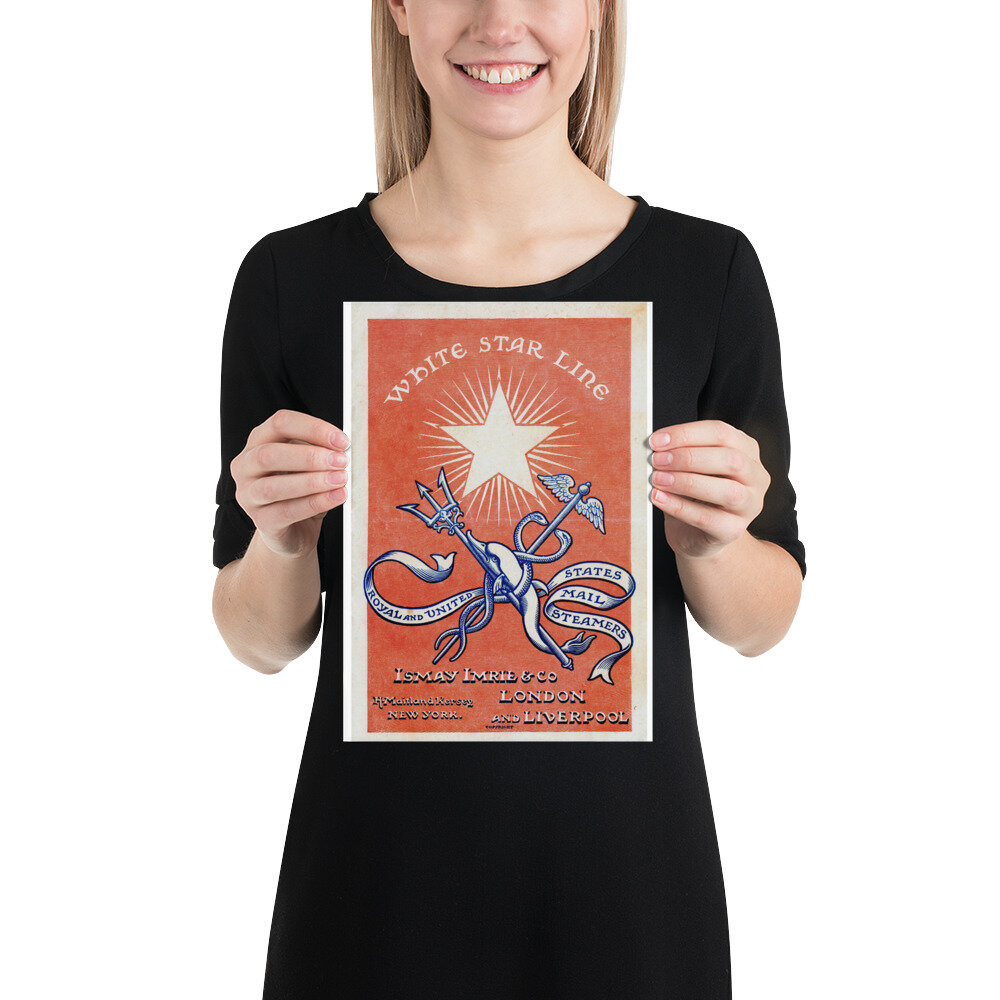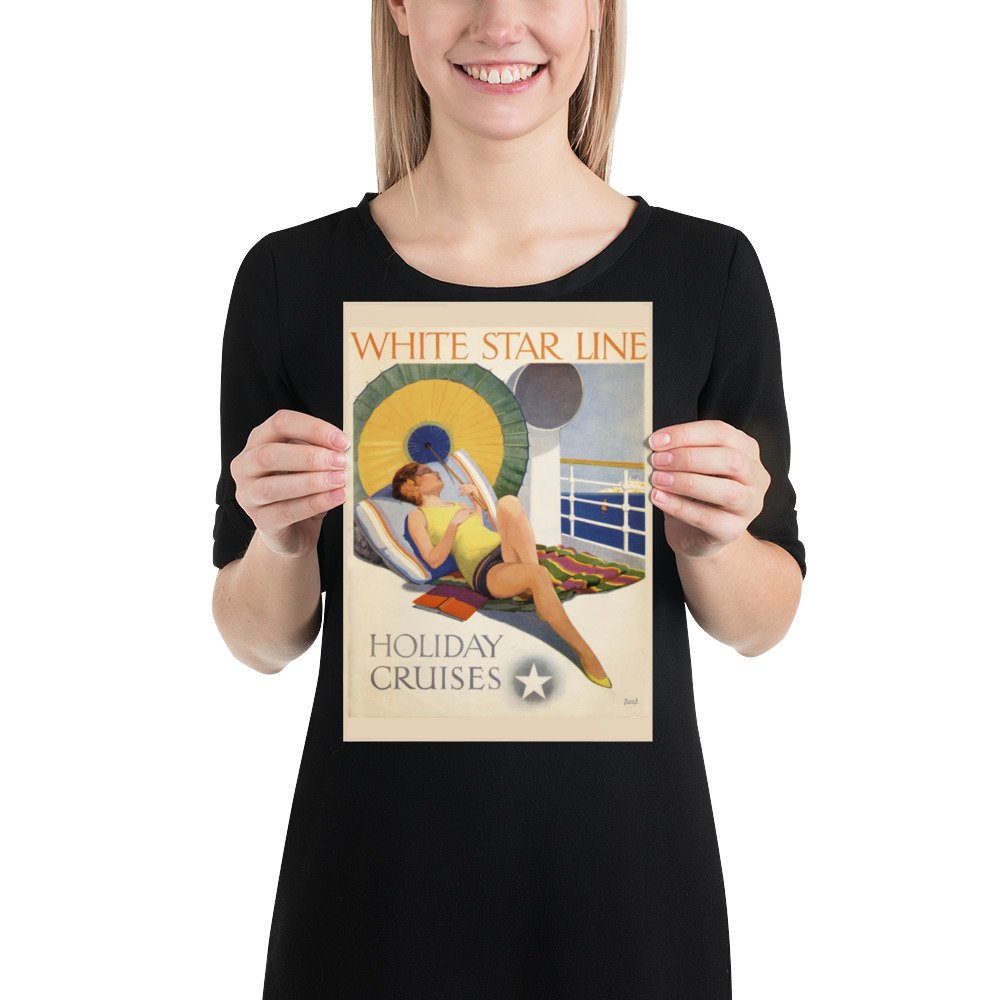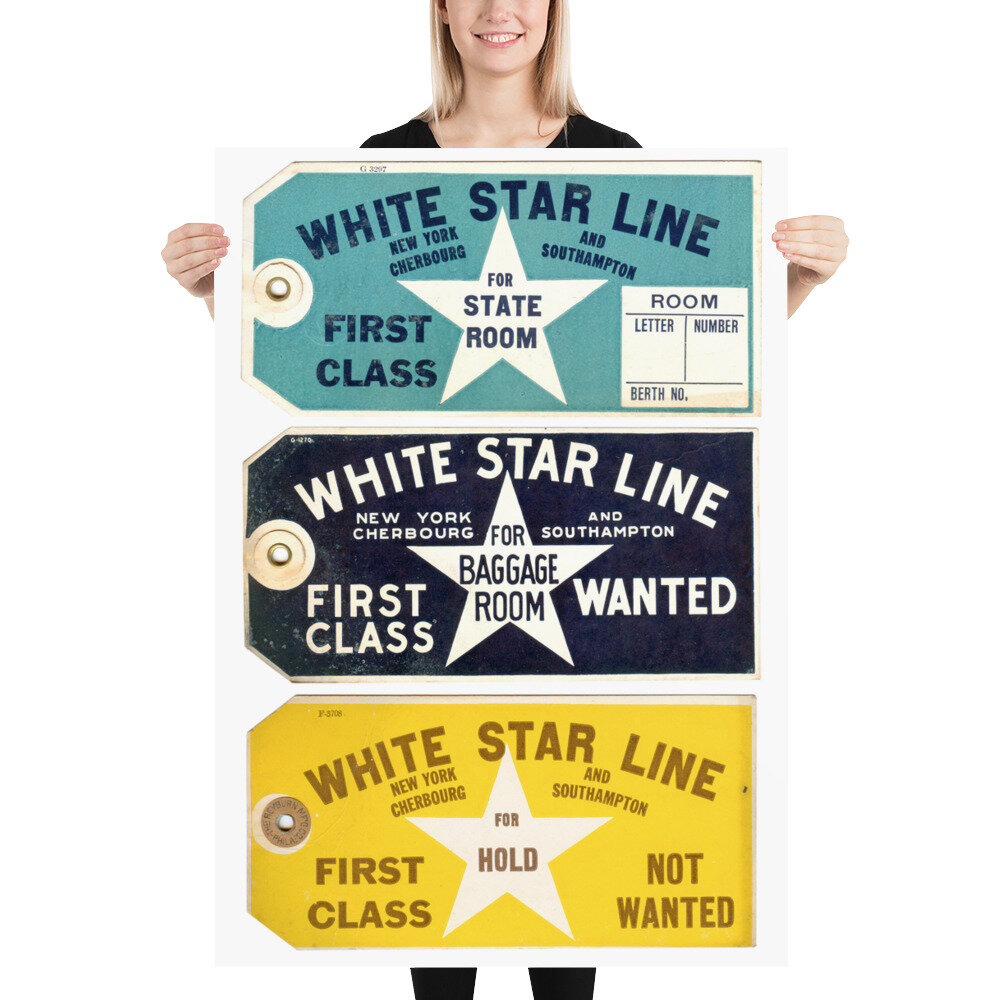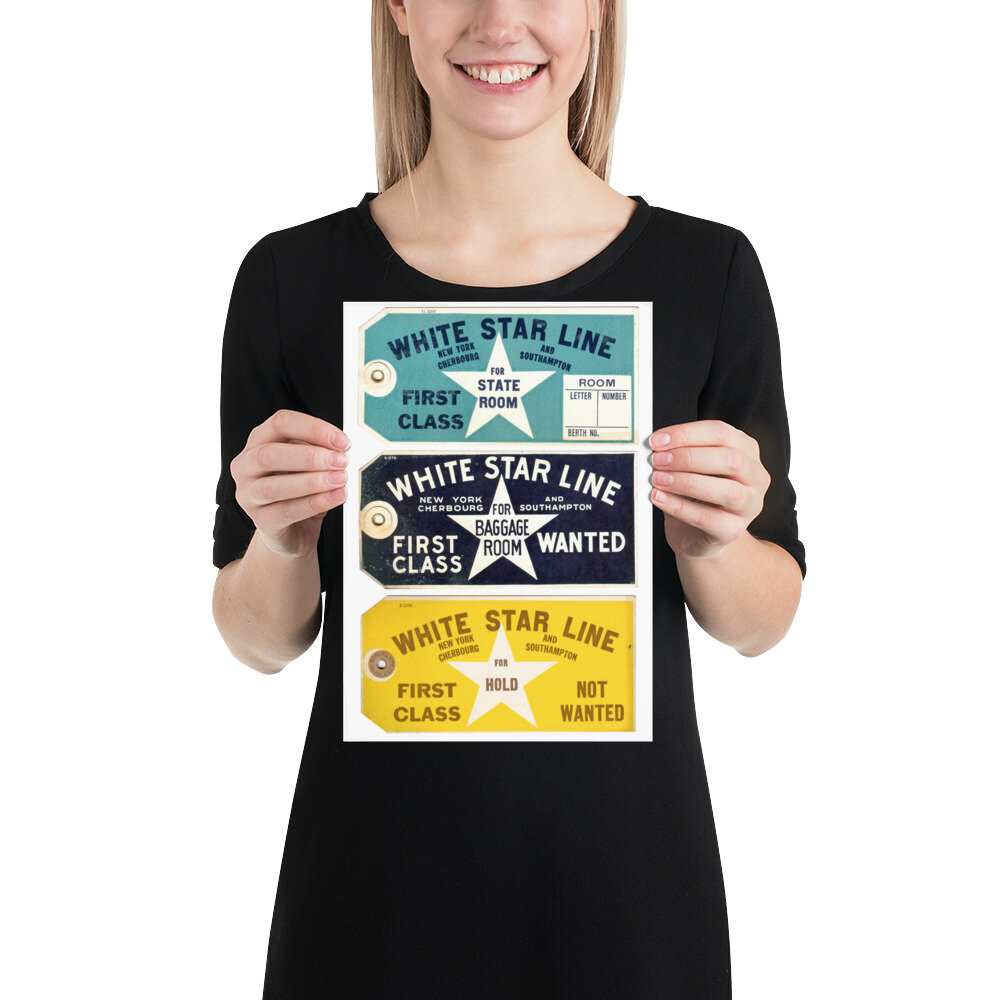Liverpool To Belfast
• Paper weight: 200 g/m²
• Giclée printing quality
• Premium paper sourced from Japan
• Sharp, high-quality images with vibrant colours
• Paper weight: 200 g/m²
• Giclée printing quality
• Premium paper sourced from Japan
• Sharp, high-quality images with vibrant colours
• Paper weight: 200 g/m²
• Giclée printing quality
• Premium paper sourced from Japan
• Sharp, high-quality images with vibrant colours
After the Second World War the rapid growth of car ownership and the resulting demand for larger passenger ferries, with facilities for motor vehicles, lead shipbuilders like Harland & Wolff to adapt their existing designs for landing tank ships, produced during the war, for peacetime use on the Irish Sea and the English Channel.
In 1967, the first ever car ferries operating between Liverpool and Belfast entered service. The poster also features the profile of the company’s older ships, the pre-war Ulster Monarch and Ulster Prince, each motorship had similar cruiser sterns to the newer ships but fitted with a pair of squat funnels reminiscent of the motor vessels Harland & Wolff designed and constructed for Royal Mail, Union-Castle and White Star in the late 1920s and early 30s.
In promotional advertising, the company gave four reasons, ‘three good, one excellent’ for visiting Northern Ireland in 1967. ‘First, you have the adventure of travelling “abroad” new people, new scenery but with no tiresome formalities and no currency restrictions! Secondly, you discover the still unspoilt beauties of Northern Ireland, the bays and the wide beaches, the mountains and the glens. Thirdly, you enjoy a motorist's paradise—uncluttered roads putting enjoyment back into motoring. Three good reasons. Now for number four—and the best of the lot! In Spring 1967, the first ever car ferries between Liverpool and Belfast will be in full operation every weekday night... Drive on in the centre of Liverpool, drive off in the centre of Belfast next morning. Isn't this a clincher for holidaying in Northern Ireland?”









